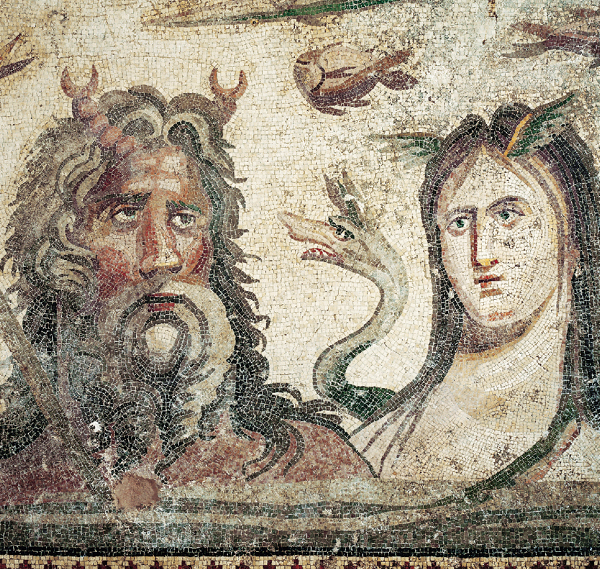After the Flood!
The drowning of an ancient Roman city



It was called one of the biggest archaeological finds in years: In late November 1999 Turkish and French archaeologists began excavating the ancient Roman city of Zeugma in southeastern Turkey. Within weeks, they’d unearthed two large villas containing over a dozen exquisite ancient Roman mosaics. Preliminary surveys revealed that hundreds of other villas lay buried just beneath the surface of the surrounding area. It’s a “second Pompeii,” crowed one local Turkish politician.
But time was running out for the 2,300-year-old city on the banks of the Euphrates. On April 29, 2000—less than six months after the Turkish and French team began their excavations—the Turkish government completed construction of a new hydroelectric dam that sent millions of gallons of water spilling across the surface of Zeugma. The flood waters created by the dam continue to rise at a rate of about 3 feet a day, and by late October of this year somewhere between 10 percent and 30 percent of the city’s ruins will be completely submerged beneath an artificial lake.
Already a library member? Log in here.
Institution user? Log in with your IP address.

